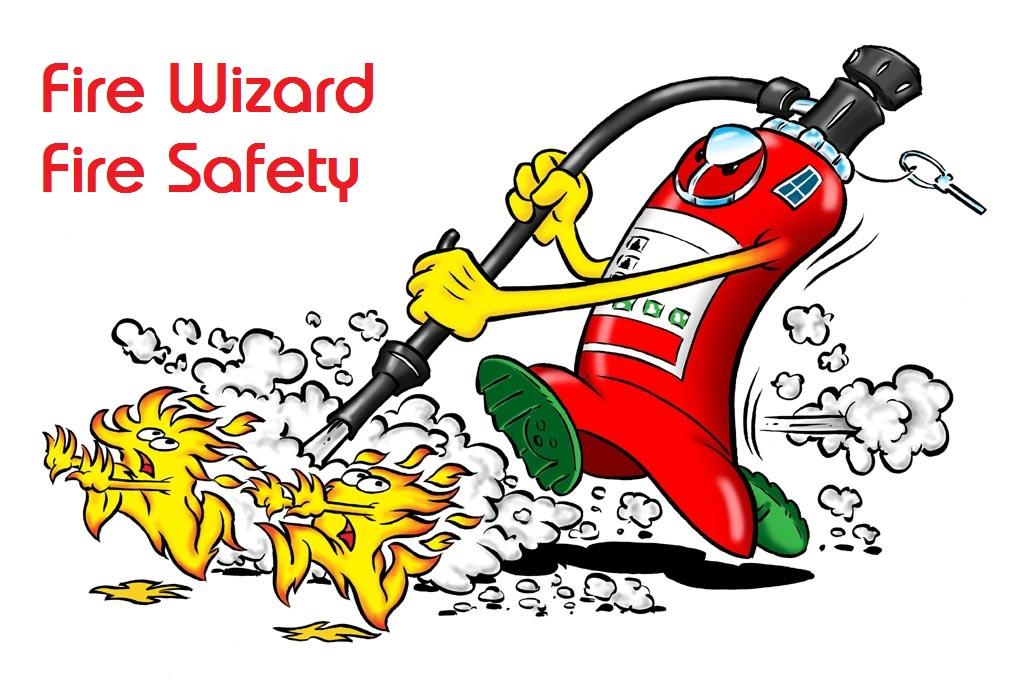-
Posts
2,570 -
Joined
-
Last visited
Everything posted by AnthonyB
-
Exactly the approach of Building Regulations and the current guidance - shouldn't be there. If it's also activating the smoke control the system stays but sounders and call points go other than to any significant area of ancillary accommodation. If it's not then the whole thing goes - whilst the option to convert it to an Evac Alert System is there it's still a lot of additions and expense & with it being not statutory it doesn't get taken up.
-
It sounds like as a result of a fire risk assessment your block has determined that a full evacuate policy is now required and as part of that the communal fire alarm system needs to be linked into each flat so it will activate before the escape route is affected and be loud enough in the flat to wake people. Whilst this new element of the system is inside the flat it is still part of a communal system required for Fire Safety Order compliance and thus the responsibility of the freeholder's agent through the service charge. You would be expected to give reasonable access to let their contractor test your detector, which would only be once a year.
-
The law requires a suitable system of maintenance and unless the doors are very old the standard hasn't changed significantly in decades. If they are indeed legacy doors then the fire risk assessment would determine if they are acceptable or require modernisation/replacement.
-
The problem is that, along with other guidance that has been revised in recent years, it's got a bit more woolly and allows the risk assessment to determine. Just as maglocks should fail safe on the fire alarm system I'd expect the same for sliding doors, especially if needing to be 'panic proof' where even if manually openable there could be issues.
-

Smoke detector in the staircase residential building
AnthonyB replied to a topic in Fire Alarm Systems
Yes, each floor landing (not half landing) should have a detector. If it's an older building the standards used to have spacing such that only every third floor would be covered, but that's from a long time ago. The detectors may not be part of a fire alarm system but a smoke control system in which case depending on the system design could differ from the above. -
Some fire door manufacturers will only approve of glazing installed off site by them or accredited partners, several others recommend this. Rather than buying a solid blank it would be better to get a pre-glazed & certified doorset direct from specialist suppliers so you know its OK.
-
I'd take that report with a pinch of salt, note that many doors in Schools don't need to be fire doors either. I work with three major Grammar Schools with large campuses of buildings up to and over 100 years old and doors were a big issue. As part of detailed fire risk assessments it was possible to exclude many doors completely; adjust, repair & upgrade others and yes, in some cases replace them. Based on several factors that can mitigate in the FRA it's possible to spread works over an extended period to fit in with 5 & 10 year capital budgets - particularly if the doors, as described, were compliant at the time of install. There is no requirement for the doors to be marked even if new (although it makes sense)
-
It has plenty of information, do you have a copy? It has a table pointing you to the category of activation of opening in different scenarios and the three categories themselves (Critical, Standard & Indirect) have detailed information on the interfacing with the fire alarm.
-
That leeway only applies to extinguishers, with fire alarms the standards don't allow this. The Responsible Person and their competent risk assessor would need to determine what, if any, leeway would be acceptable whilst continuing to comply with the Fire Safety Order. Personally a week either side or at least in the due month wouldn't be too bad and reflects the real world where 'to the day' isn't realistic.
-
Yes, as that requirement was in existence at the time of build and unless you have insurance and building control approval for the effective removal of the system you are in sticky water before even considering the Fire Safety Order! If you split it into compartments that are below the threshold you may be OK - this is common in former large open single occupancy warehouses that are subsequently sub divided for multi occupancy - as the building work creates compartments below the threshold Building Control does not require the sprinklers and the insurers usually likewise. It sounds like the system has been neglected previously!
-

maximum of 4.5m above ground level- misinterpretation?
AnthonyB replied to Jacob's topic in Fire Exits
That diagram reflects the actual text far better! -
It's not an automatic requirement for existing buildings and depends on the individual circumstances - many account for the lack of a system in their PEEPs and allocation of individual buddies to be with them & help them evacuate when the main flow has passed.
-

Fire Risk Assessing Listed Buildings
AnthonyB replied to AlwaysLearning's topic in Fire Risk Assessments
https://historicengland.org.uk/advice/technical-advice/emergency-and-fire/fire-advice/ https://historicengland.org.uk/advice/technical-advice/emergency-and-fire/ https://www.aschb.org.uk/wp-content/uploads/2016/02/ASCHB-SteveEmery-FireSlides-red.pdf https://www.derbys-fire.gov.uk/application/files/8916/0250/5448/Heritage_Fire_Safety_Guidance_v2.pdf -

Does a screwed-on fire door sign make a fire door invalid?
AnthonyB replied to a topic in Fire Doors and Accessories
Possibly, especially if the bolts for the catch plate go straight through the door and out the other side - the door manufacturer should be consulted as to what they will permit. -
Hi, You will need a property lawyers advice for this - it is not unprecedented for needed escape routes into neighbouring premises to be removed where the appropriate legal agreements for access were not in place or expired. On the other hand cases of continuous and uninterrupted use with no legal agreement have been upheld too!
-
If the pipework penetrates through a fire stopped floor then it should indeed be correctly firestopped.
-

maximum of 4.5m above ground level- misinterpretation?
AnthonyB replied to Jacob's topic in Fire Exits
The diagram does look like it implies window height - but all the text points otherwise as Approved Document B uses the following phrase in relation to the point for where Means of Escape requirements become more stringent: "upper storeys a maximum of 4.5m above ground level" Appendix D states that a storey is measured from the upper floor surface of the floor in question to ground level and has nothing to do with the escape height (which is actually 5.6m as where escape windows are provided in flats up to 4.5m from ground they can have their lowest point up to 1100mm from the floor level). The specification for windows only details dimensions and not total height. It's not the most clear! -

Internal garage door access for 3storey, 4apartment building
AnthonyB replied to Bruce Cox's topic in Fire Risk Assessments
I'd need to see plans however in any case the works will be subject to the Building Regulations and you will need prior approval of your proposed changes from Local Authority Building Control or an Approved Inspector. If these are just pedestrian doors between the garage and the open air there shouldn't be fire issues, if internal to common space there would be some requirements to make it compliant. -
As a wall lining it would be subject to Building Regulations and Fire Regulations and depending on location and area to be covered would have to conform to certain requirements regarding flammability and surface spread of flame, so it's a moot point as to whether the furniture regulations apply or not.
-
Not unless the correct product is chosen and applied in the correct way, it's not a magic substance. You will find suitable products and a source of specific advice here: https://envirograf.com/
-
Unless your lease says you have to I wouldn't have thought so. Do you pay service charge (as there may be external common parts and block insurance as well as the internal common parts you don't use)- it may be the case that the wording is vague enough to make you have to pay. You would need to consult a property law specialist. I wouldn't contribute to extinguishers even if living off the common areas as Government fire safety guidance has said for 10 years (& still does) they are not required and should be removed!
-

Use RF interlinked fire alarms without the need for a control panel
AnthonyB replied to MMB's topic in Fire Alarm Systems
It's the 3rd storey that does it, smaller conversions can use the Grade D stuff you suggested. -

Can we get anybody to do actions from fire risk assessment
AnthonyB replied to a topic in Fire Risk Assessments
Note - if someone else other than the Responsible Person does the work and it's not good enough they can't take the blame off the RP, at worst they would join them in the dock, so it pays to choose with care. -

Can we get anybody to do actions from fire risk assessment
AnthonyB replied to a topic in Fire Risk Assessments
As said - it depends on the works and the competence of who is doing it. Certain work needs specialists, other is more straightforward. -

Use RF interlinked fire alarms without the need for a control panel
AnthonyB replied to MMB's topic in Fire Alarm Systems
No as it is asking for a Grade A system in the common areas, which is one using commercial equipment (control panel, break glass points, etc) not Grade D domestic smoke/heat alarms. The requirement reflects current benchmarks for this type of premises (LACORS guide and BS5839-6)

